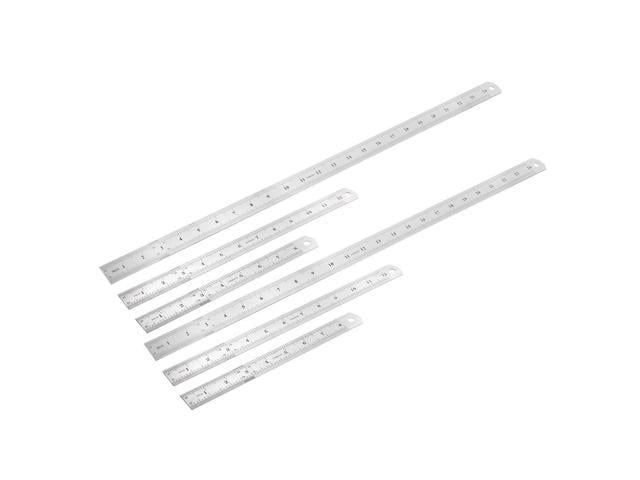CHINA PAINTING- A Practical Manual For the Use of Amateurs in the Decoration of Hard Porcelain By M, LOUISE MCLAUGHLIN.Originally published in 1877. Contents include: INTRODUCTION, v CHAP, i Preparing the Design, … 9 2 General Directions for Painting,, 12 3 Composition of Palettes for various Styles of Painting, …. 20 4 Tinted Grounds, 44 5 Mat Colors, ….. 52 6 Other Pigments and Mediums DEGREES . . 59 7 Burnishing, ….. 64 8 Paste for Raised Gold, … 68 9 General Remarks on Decoration, . 73 10 The Importance of Drawing, . . 81 ii Technique, . 86 12 Designs, 92 13 Lessons to be derived from Japanese Art, 100 14 Preparing Gold and Silver for the Decora tion of Porcelain, . . . 105 15 Use of Metallic Paints upon Porcelain, 112 1 6 Lettering, 119 17 Use of Relief Colors, . . . 125 18 Firing, ….. 132. INTRODUCTION: The art of painting on china is certainly a beautiful one, and is, perhaps, peculiarly fitted to be an agreeable pastime for persons of leisure. There is, however, too general a tendency to consider it simply in the light of an amusement, ur worthy of serious study, and an art for the practice of which no special training or knowl edge is necessary. Now, what is worth doing at all is worth doing well, and the idea that one can successfully prac tice any branch of art without having previously learned to draw is false. The eye and hand must be trained, and the taste cultivated, before any result worthy of the name can be achieved. The best foundation for any art-work is a thorough knowledge of drawing; and the time tpcnt in acquiring such knowledge will never be regretted It is true that there are methods of decorating china with simple designs, which may be accomplished by those unskilled in the use of the pencil or brush; yet, as the hand of the master is revealed in the most careless sketch, so the want of skill or freedom of touch is apparent in the treatment of the simplest subject. To those who have the time and patience, as well as the natural ability to learn to draw, we would say: Make it your first business to ac quire that knowledge. Cultivate your taste by study of the best models; - educate the eye to perceive beautiful forms in nature or art, and tite hand to transcribe them. Painting on china, may not offer the same fa ditties for the truthful rendering of nature as oil or water-color painting, but it has other com pensating advantages in the beauty of the enamel; tad the enduring qualities of the pigments, when fixed by the fire. With the present greatly increased facilities afforded by the improvements in the manufac ture of colors, china painting should regain something of its former prestige among the arts In other times the greatest artists exercised their art upon this material, which, seemingly so frail, has preserved their work unharmed for ages, A revival of the art, however, can not be ex* pected from a servile copying of the old designs and methods. As well might the artists of the modern school have expected to arrive at their present knowledge of technique by copying the pictures of Durer or Van Eyck. There will be no true revival of any branch of art unless founded upon study of nature and the adaptation of her principles to design, and there will likewise be no advance possible to the individual art student without this study and practice.















